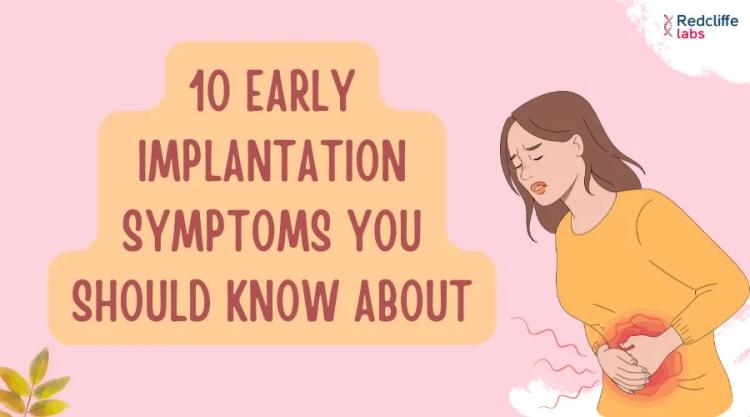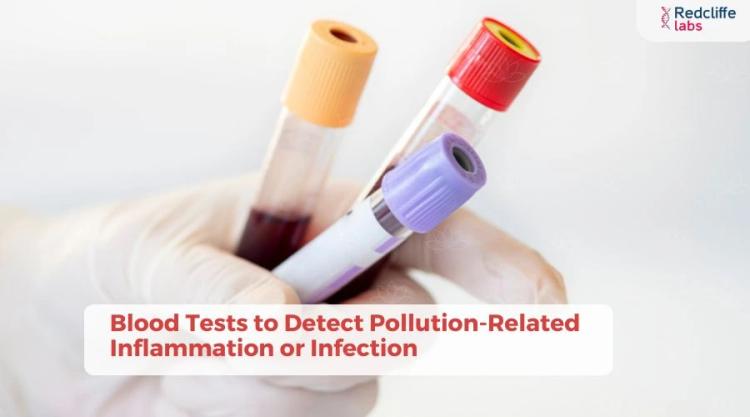Tuberculosis: Its types, it's causes, and it's prevention in india

Medically Reviewed By
Dr Divya Rohra
Written By Srujana Mohanty
on May 10, 2022
Last Edit Made By Srujana Mohanty
on Feb 26, 2025

Tuberculosis, also known as TB among majority of the population has been recognized as an epidemic by the World Health Organisation in the 1980s. It is the 13th leading cause of death around the world. It is also referred to as the 2nd most contagious and fatal disease after COVID-19. More than 10.4 million cases and around 1.4 million deaths have been reported by WHO worldwide. India is the leading country with maximum cases of TB in the world. The TB load in India is around 2.2 million cases. Approximately 40% of the population of India has been exposed to the bacteria. However, the majority cases are of latent TB, which gives the Indians some relief.
One of the recent concerns related to TB is the development of antibiotic resistance in the causative agent due to which some strains of the bacteria do not respond to the current treatment options. It is difficult to treat TB, therefore, awareness about this fatal disease is very important. In this article read about tuberculosis, its types, causes and prevention in detail.

What is Tuberculosis?
Tuberculosis is an infectious disease that is caused by bacteria Mycobacterium tuberculosis. The disease affects your lungs majorly, however, other body organs may also get infected. Tuberculosis is a fatal disease. Nowadays, medicines are available for the treatment of TB but it may take as long as a year for these antibiotics to work. Tuberculosis is a fatal disease, therefore, it should be diagnosed early so that the proper treatment can start at the right time.
What are the Types of Tuberculosis?
The tuberculosis infection may vary depending upon the bacterial load in your body and whether or not you show symptoms of the disease. Tuberculosis is of two types: active TB and latent TB.
Active Tuberculosis
- In active tuberculosis, bacteria divides rapidly increasing its load in your body.
- You show symptoms of TB infection.
- Active tuberculosis is infectious, that is, you can spread infection to others and thus you should take necessary precautions to prevent its transmission.
- The cases of active TB are comparatively less.
- Active TB can be drug resistant as well, making its treatment even more complex.
Latent Tuberculosis
- In latent tuberculosis, your immune system prevents the spread of the bacteria in your body.
- Due to your active immune system, you do not represent any symptoms of the infection.
- People with latent TB are not contagious, that is, they do not spread infection to people around them.
- Latent TB can also be antibiotic resistant.
- In latent TB, the infection is present in your body, therefore, there is always a fear of the infection becoming active.
- People prone to TB infection have higher chances of recurrence of the disease. Therefore, in such cases, your doctor might give you TB medicines, if he observes an unusual chest X-ray or weakened immune system.
How is Tuberculosis Caused?

Tuberculosis is a bacterial infection caused when you are infected by the bacteria Mycobacterium tuberculosis. The transmission of the virus is generally through the air. Therefore, you are most likely to catch the virus when you are in close contact with a person diagnosed with active tuberculosis. Since, the tuberculosis bacteria infects the lungs, you can also get exposed to the bacteria when an infected person coughs or sneezes in the air and you inhale that air. The spread of the TB is similar to cold or flu, but it is not as contagious, that is, for you to catch the infection, it is required that you are exposed to the bacteria for a prolonged time. For example, people living in the same house are more likely to catch the infection as compared to the person who is exposed to the infected person for a short time, like sharing the public transport.
Also, it is not essential that all people infected with TB are contagious. Children infected with TB or people who have acquired TB infection outside their lungs, do not spread the infection to people around them.
Ways by Which Tuberculosis Spread Can be Stopped
There are certain rumours about the spread of TB. so, let's now discuss the ways by which TB does not spread to other people. According to the Centres for Disease Control and Prevention (CDC), tuberculosis does not spread
- By shaking hands with an infected person
- By touching the toilet seat or bed linens used by the infected person
- By sharing your food or beverages with the infected person
- By kissing the infected person
- By using the same toothbrush used by the infected person
Who is at a Higher Risk of acquiring Tuberculosis?
The spread of the tuberculosis bacteria is through the air and can infect any person who is in close and prolonged contact with the infected person. However, there is a certain group of people who are more likely to get infected with tuberculosis when exposed to the bacteria. The people with a higher risk of TB include:
- People who are in close contact with an infected person, like, family member, friend or a co-worker.
- People who live in areas that have more cases of TB like Africa, Russia, Asia, Eastern Europe, the Caribbean and Latin America. You are also more likely to get infected if you have travelled for some time in these areas.
- People who inject drugs into their veins
- HIV positive people
- People who are homeless or are in jail or prison
- You are a healthcare professional or you live in a hospital or nursing home
- People who smoke
- People with diabetes
- People with severe kidney disease
- People who have undergone chemotherapy for cancer treatment
- People who have had cancer of the head and neck
- People who have a diet that is poor in nutrition
- People with a very low body weight
- People who have had an organ transplants and take medicine for the same
- People who take medicines for other diseases like Crohn’s disease, rheumatoid arthritis, and psoriasis.
How can Tuberculosis Infection and Transmission be Prevented?
India and the other developing countries have high cases of tuberculosis, therefore, the citizens of such countries should know the ways in which they can prevent the occurrence and transmission of tuberculosis. The following measures should be used to prevent tuberculosis infection and its future complications.
- You must consult your doctor immediately if you suspect that you have been exposed to the bacteria causing tuberculosis.
- If you fall under the group of people who are at a higher risk of developing tuberculosis, then you must surely get yourself tested.
- Whenever you visit a country make sure that you consult your doctor before going to the country and after your visit as well.
- If you work at a place that has an increased risk of exposure to tuberculosis bacteria, make sure that you go through the infection prevention and control program of your workspace and abide by it religiously.
- Do not stay in close or prolonged contact with the person who has been diagnosed with tuberculosis.
If you have been diagnosed with tuberculosis, it is extremely essential that you take precaution to avoid the spread of the bacteria to healthy individuals around you. According to the World Health Organisation (WHO), if you have active tuberculosis, then you can transfer the infection to around 10 - 15 people who are in close contact with you. Therefore, the following are some tips that you should make sure to follow in order to avoid the transmission of the bacteria to healthy individuals.
- You must get yourself tested as early as possible if you suspect that you have been exposed to the bacteria or you are at a higher risk of developing the infection.
- Take your prescribed medicines timely and complete the course if you have been diagnosed with active or latent bacterial infection.
- If you are diagnosed with active tuberculosis, remember that you are contagious and therefore, you should avoid crowded places and be in close contact with people around you. However, if you have to spend time near people, make sure that you wear a mask to avoid the spread of the bacteria.
How is Tuberculosis Treated?
The treatment plan for tuberculosis is different depending upon the type of tuberculosis you have.
Active TB
- Active TB is treated by a combination of medicines.
- The common medicines used for the treatment of active TB include
- Isoniazid
- Ethambutol
- Rifampin
- Pyrazinamide
- Duration: The medicines for active TB are generally prescribed for around 6-12 months.
Latent TB
- The medicine is given to kill the bacteria so that its conversion into active TB can be prevented.
- The following medicines can be used independently or in combination for the treatment of latent TB include
- Rifapentine
- Isoniazid
- Rifampin
- Duration: The medicines for latent TB are generally prescribed for around 9 months.
Takeaway
Tuberculosis is a fatal infectious disease which makes it a concerning health issue, especially in developing countries. It is very important to get the disease diagnosed at an early stage and to prevent the complications and severity of the disease in the future. Now that you know tuberculosis, its types, how it is spread among people and how one can prevent the transmission of the disease, you will better be able to prevent the occurrence of this disease.
Frequently Asked Questions (FAQs)
1. Can TB cure itself?
TB cannot cure itself. Medicines are prescribed to kill the bacteria and prevent the future complications.
2. What are the stages of TB?
The TB infection is divided into three stages:
- Exposure
- Latent infection
- Active infection
3. What is the first stage of TB?
The first stage of TB is exposure, that is, you get introduced to the bacteria by being in close and prolonged contact with an infected person.



